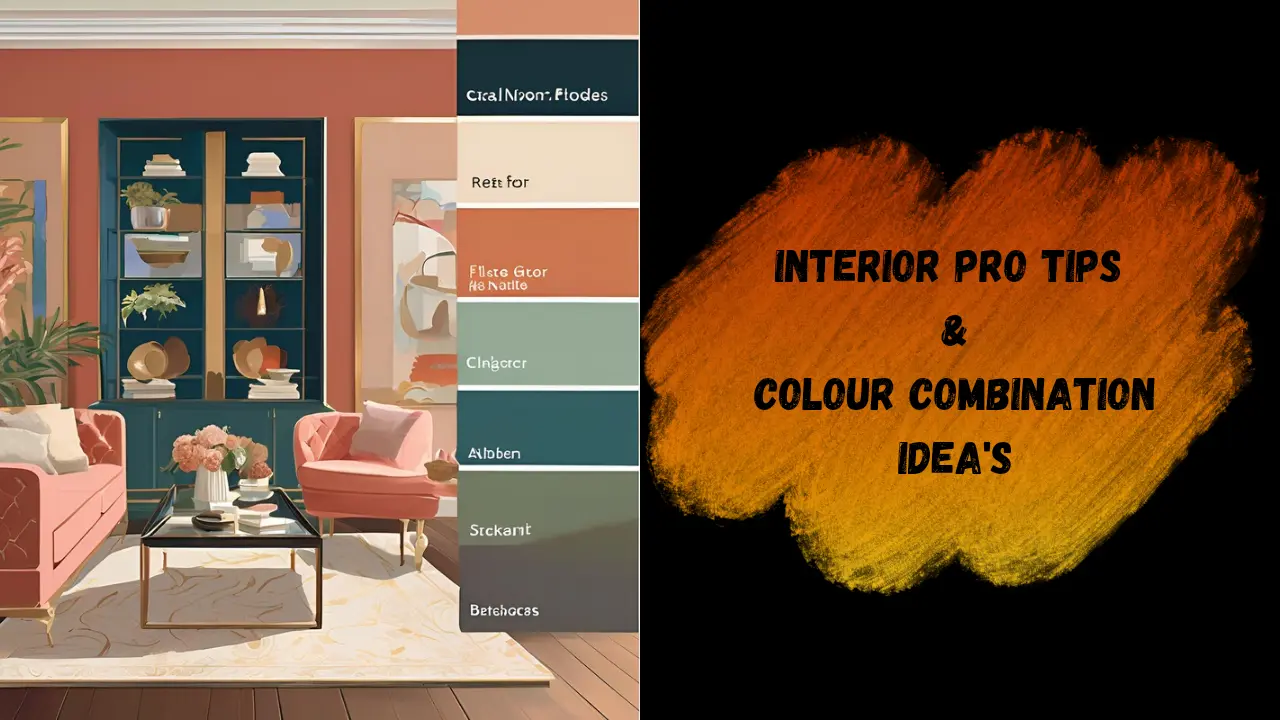“Discover the best paint for interior walls in 2024. Our comprehensive guide covers top brands, finishes, and tips to help you choose the perfect paint for your home.”
Table of Contents
Understanding Paint Types
There are several types of paint available, each with its own set of characteristics. Understanding these can help you choose the best paint for interior walls.
- Matte Paint:
- Pros: Offers a smooth, non-reflective finish, hides imperfections well, and provides a rich color.
- Cons: Less durable, can be challenging to clean, and may require more frequent touch-ups.
- Eggshell Paint:
- Pros: Slightly reflective, more durable than matte, easier to clean, and hides imperfections moderately well.
- Cons: Not as rich in color as matte, can show more marks than higher gloss finishes.
- Satin Paint:
- Pros: It has a soft sheen, is very durable, is easy to clean, and works well in high-traffic areas.
- Cons: Can highlight imperfections on the wall surface.
- Semi-Gloss Paint:
- Pros: Reflective finish, extremely durable, and ideal for kitchens and bathrooms due to its moisture resistance.
- Cons: Can show imperfections, and may not provide as warm a finish as matte or eggshell.
- High-Gloss Paint:
- Pros: Very reflective, the most durable, and easy to clean.
- Cons: Highlights imperfections, maybe too shiny for large wall areas, better suited for trim and doors.
Factors to Consider When Choosing Paint
Choosing the best paint for interior walls involves more than just selecting a finish. Here are some factors to consider:
- Room Function:
- Consider durable finishes like satin or semi-gloss for high-traffic areas like hallways or children’s rooms.
- For living rooms and bedrooms, where a softer, warmer feel is desired, matte or eggshell finishes work well.
- Lighting:
- Natural light can affect how paint colors appear. Test paint samples on your walls to see how they look at different times of the day.
- Matte finishes can absorb light and make a room feel cozier, while glossier finishes reflect light, making spaces feel larger.
- Color Choice:
- Lighter colors can make a room feel larger and more open.
- Darker colors add depth and coziness but can make small rooms feel smaller.
- Surface Preparation:
- Proper preparation is key to a long-lasting paint job. Ensure walls are clean, dry, and primed before painting.
Top Paint Brands for Interior Walls
To help you choose the best paint for interior walls, here are some of the top brands known for their quality and performance:
- Benjamin Moore:
- Known for its extensive color range and high-quality finishes.
- The Regal Select line is a popular choice for interior walls, offering excellent coverage and durability.
- Sherwin-Williams:
- Offers a wide variety of paint finishes and colors.
- The Duration Home line is highly durable and easy to clean, making it ideal for high-traffic areas.
- Behr:
- Provides affordable yet high-quality paint options.
- The Premium Plus Ultra line offers excellent coverage and a built-in primer for easier application.
- Farrow & Ball:
- Known for its rich, deep colors and eco-friendly formulations.
- Offers a unique finish and high pigmentation for a luxurious look.
- Valspar:
- Offers a good balance of quality and affordability.
- The Signature line is a great option for interior walls, providing good coverage and a variety of finishes.
Tips for Painting Interior Walls
Once you’ve chosen the best paint for interior walls, follow these tips to ensure a professional-looking finish:
- Prepare the Room:
- Remove or cover furniture and flooring.
- Clean the walls to remove dust and grease.
- Fill any holes or cracks with spackle and sand smooth.
- Use Primer:
- A primer ensures better adhesion of paint to the surface and provides a uniform base for color.
- Some paints come with built-in primer, but using a separate primer can give better results.
- Apply Paint Evenly:
- Use a high-quality brush for cutting edges and a roller for large areas.
- Apply the paint in thin, even coats, and allow each coat to dry completely before adding the next.
- Maintain Your Paint Job:
- Clean walls regularly to maintain their appearance.
- Touch up any chips or scratches promptly to keep the finish looking fresh.
Also Read
Best Colour Combinations For Interior Wall
Interior Paint Color Combinations
| Main Color | Accent Color | Description |
|---|---|---|
| Deep Blue | Gold | Luxurious and bold |
| Emerald Green | Ivory | Elegant and refreshing |
| Burgundy | Champagne | Rich and inviting |
| Charcoal Gray | Silver | Modern and sleek |
| Royal Purple | Soft Pink | Regal and charming |
| Midnight Blue | Platinum | Elegant and sophisticated |
| Sapphire Blue | Pearl White | Bright and crisp |
| Forest Green | Beige | Natural and calming |
| Chocolate Brown | Creme | Warm and inviting |
| Teal | Coral | Vibrant and lively |
FAQ
How to pick house color?
To pick house colors:Consider the home’s architecture: Match colors to the style and era of the house.
Look at the surroundings: Choose colors that harmonize with the landscape and neighboring houses.
Test multiple shades: Paint samples on different sides of the house to see how they look in various lights.
Think long-term: Select colors that you will be happy with for several years.
What is the 60-30-10 rule?
The 60-30-10 rule is a timeless decorating rule that helps create a balanced color scheme:
60%: The dominant color, usually used on walls.
30%: The secondary color, used for upholstery and textiles
10%: The accent color, used for accessories and decor pieces.
आतील पेंट रंग कसे जोडायचे?
आतील पेंट रंग जोडण्यासाठी:
प्राथमिक रंग निवडा: मोठ्या क्षेत्रासाठी एक मुख्य रंग निवडा.
उत्कृष्ट रंग निवडा: छोटे क्षेत्र किंवा वैशिष्ट्यांसाठी एक पूरक किंवा विरोधी रंग निवडा.
तिसरा रंग विचार करा: योजना संतुलित करण्यासाठी एक तटस्थ किंवा मऊ छटा वापरा.
कलर व्हीलचा वापर करा: पूरक रंग एकमेकांच्या विरुद्ध आहेत, तर अनुक्रमिक रंग एकमेकांच्या जवळ आहेत.

Hi! I’m Somanath, a civil engineer passionate about teaching how roads and buildings are constructed. My blog offers clear and fun explanations to help you learn about engineering!

